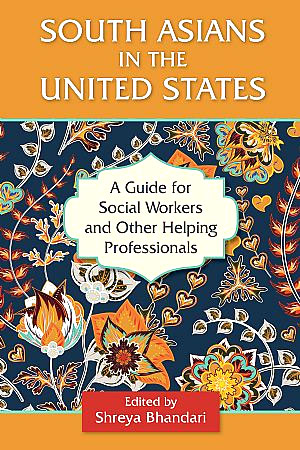By Paul R. Pace

In her work as a researcher, educator and mental health therapist in the Midwest for about 17 years, Shreya Bhandari has noticed a lack of knowledge among helping professionals concerning the South Asian population.
“It is limited to media portrayals, or the doctors they may have interacted with, or of what they see in the technological industry, but there is much more than that to the story about South Asians,” says Bhandari, professor of social work and BSW director in the Department of Behavioral Sciences at Purdue University Northwest in Hammond, Ind.
South Asians in the United States have been almost invisible for most of their history or considered to be a mixed group under the umbrella of “Asians,” says Bhandari. In addition, no compilation exists that examines all the social issues with which the South Asian community grapples within the U.S, she says.
These issues inspired Bhandari to edit the new NASW Press book, “South Asians in the United States: A Guide for Social Workers and Other Helping Professionals.”
It was produced as a labor of love, she says, to serve South Asians in the U.S. who have struggled with communicating their needs around mental health, aging, domestic violence, immigration barriers, and more to mainstream providers.
Social work students, social work practitioners, other helping professionals and anybody who would like to know more about the South Asian population will benefit from the text.
Throughout the book, the authors use an intersectional framework to explain the intricacies of myriad topics of South Asians, including domestic violence; LGBTQ population living at the intersections of multiple oppression and identities; stressors of parenting and aging; silence around mental health needs; and immigration-related barriers that inhibit employment.
Culturally responsive interventions have been described through case studies that elaborate the similarities of South Asian issues with the mainstream, and the differences that make them unique. The book explains the challenges of transnational identities of South Asians in the U.S. considering immigration barriers, racism, casteism, pressure of acculturation, sexism, and homophobia, among others.
The authors have aimed to contextualize the unique experiences of South Asians in the U.S., the immigration patterns and trends, the transnational kinship network, and the co-ethnic and co-religious ties with the diaspora that shape this population’s identity and well-being.